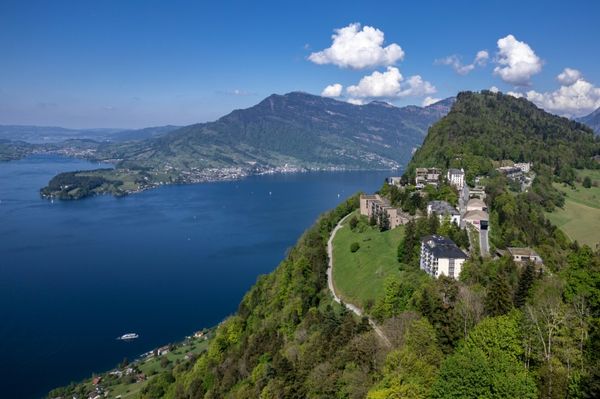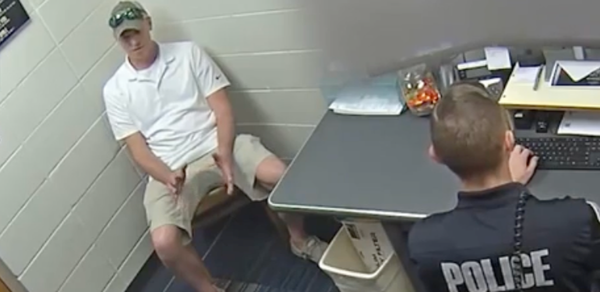The Tevaram, which forms part of Panniru Tirumaraigal (12 holy scriptures of Saivism), and the Nalayira Divya Prabandam of Vaishnavism are vital for the resurgence and sustenance of the culture, tradition and practices associated with the country, the Madras High Court has said.
Justices R. Mahadevan and P.D. Audikesavalu wrote: “Hinduism, as coined by the British and known today, is an assortment of different cults with polytheistic concept. Ancient scripts reveal that Buddhism and Jainism are also offshoots of Hinduism, with several common history and legendary stories.”
The classification of six cults, as it was known then as Shanmadham, was founded by Adi Sankara and it comprised Saivam (Lord Shiva), Vaishnavam (Lord Vishnu), Shaaktham (Goddess Sakthi), Gaanaapathyam (Lord Ganesha), Kaumaram (Lord Skanda or Kumara) and Souryam (Sun as God), they said. “The polytheistic concept imbibes the democratic and secular principles as they are called today,” the Bench said. It pointed out that there were more than 46,000 temples in Tamil Nadu and of them, 40,156 were under the control of the Hindu Religious and Charitable Endowments (HR&CE) Department.
Stating that the temples were predominantly Saivite or Vaishnavite, the judges said that among the Saivite temples, the Paadal Petra Sthalams (visited by Saints Thirugnana Sambandar, Appar or Sundarar between 7th and 9th Century) and Vaippu Sthalams (which they could not visit but referred to in their hymns) were important. “The Paadal Petra Sthalams are 276 in number, of which 267 are in Tamil Nadu. The Vaippu Sthalams are 249, of which 189 are in Tamil Nadu. There is a claim that one of such Vaippu Sthalams is said to be in the Gulf countries... Saivites consider a visit to these Sthalams not only as sacred but also as a duty,” the Bench said.
It also stated that the hymns sung by the three saints, who were part of the 63 Nayanmars (primary devotees of Lord Shiva), were known as The Tevaram, implying a garland of divine hymns. Saint Manickavasagar was not considered a Nayanmar because he was believed to have become one with Lord Shiva.
Divya Desam
Similarly, when it comes to Vaishnavism, the temples which had been dedicated to Lord Vishnu and named in the works of 12 Alwars (Vaishnavite saints) in the Nalayira Divya Prabandam (4,000 holy hymns in praise of Lord Vishnu) were classified as Divya Desams and considered sacred, the Bench said. There were a total of 108 Divya Desams and 84 of them were in Tamil Nadu. Though the Nayanmars and Alwars belonged to different sects, there was no discrimination in their devotion to God. Therefore, it was important to protect all of these temples in the State, the judges added.
The observations were made while the court was disposing of a plea to issue a direction to the HR&CE Department to permit volunteers to clean temple premises, remove the vegetation that had grown on temple towers, and keep the temple tanks spick and span without allowing the growth of algae and dumping of waste.
Uzhavarapani
The Bench, led by Justice Mahadevan, said that in the 7th Century, Saint Appar always carried an Uzhavaram (spade) to clean the temple premises by removing the weeds. He considered the process of cleaning the temples as cleaning one’s soul and thereby the best way to reach the lotus feet of Lord Shiva. “The process of cleaning with the use of Uzhavaram is known as Uzhavarapani,” the judges said and held that experienced volunteers could be permitted to do Uzhavarapani since such practice had been in vogue for centuries together and it would not be possible for the limited number of temple staff to keep the premises clean.
The court said the Centre had initiated the Swachh Bharat (Clean India) Mission in 2014. Under it, an award had been instituted for the cleanest temple too. Yet, in Tamil Nadu, many temples, with low income, were suffering from poor upkeep despite their archaeological importance, it lamented. “It is indeed a sorry state of affairs that these temples, generating low income, have become a matter of neglect. It is a subject of serious concern,” the Bench said. Therefore, it was necessary to ensure inclusive participation of devotees in the form of Uzhavarapani in the cleaning activities in temples, it added.
“At the same time, this court cannot simply brush aside the apprehension of stakeholders that unauthorised or inexperienced persons cannot be permitted to take up the task of cleaning the sanctum sanctorum and removing the vegetations in the Rajagopurams [prime temple towers] of ancient temples,” the Bench cautioned.
‘Constitute committees’
The judges ordered the constitution of Standing Consultative Committees, comprising a chairman and four members (HR&CE official, Tahsildar (temples), an expert from the Archaeology Department, and an Assistant Divisional Engineer) in every district to inspect all Padal Petra Sthalam, Vaippu Sthalam, and Divya Desam. The committee was directed to note down the status of such temples, particularly the condition of the temple premises, ponds, vegetations on the temple structures, required repairs and the maintenance to be carried out in the civil structures, and submit a report to the HR&CE Joint Commissioners concerned within two weeks. On receipt of such report, the Joint Commissioners must take immediate steps to carry out the necessary works in the temples after following due procedures and also by taking appropriate care for protection and safety of the temple structures as well as the public, the Bench said.
“While taking up such works, the Uzhavarapani group/voluntary association of persons can be permitted, subject to need and necessity and upon verification of their authenticity,” the judges ordered and said the volunteers could also write to the Joint Commissioners expressing their willingness to clean the temples. “After getting permission, the Uzhavarapani group/association of persons is entitled to only clean the temple premises, remove the unwarranted vegetations, clean the ponds, paint the civil structures and gates with the help of the experts,” the court said.
It went on to add: “It is made very clear that they cannot be permitted to repair/renovate any of the inner pragarams or do any activity/program in the sanctum sanctorum or on the deities or any other idols, paintings or murals. The rules of the HR & CE Department shall be strictly followed.”
The Division Bench also said the volunteers could be allowed to clean the small gopurams as recommended by the Stapathi (temple architect) with due care and protection but they should not be allowed to venture into the cleaning of the Rajagopuram.
“Other than carrying out Uzhavarapani, the said group cannot claim any right or privilege connected to the temples... The Uzhavarapani group shall not remove any stones, broken idols or structures from temple premises... They shall also ensure that no hindrance is caused to the religious activities or other devotees,” the court said.
Further, directing the district-level Standing Consultative Committees to visit all the temples at least once a month to ensure that they were being maintained well in accordance with the directions issued by the court, the judges said, immediate action should be taken wherever necessary.
The Bench also called for a status report from the HR&CE Department by June 5 listing the steps taken by it to comply with the directions on permitting Uzhavarapani.







